Cataloguing the depths of Monterey Bay National Marine Sanctuary
By Megan McDaniels
November 2017
What inhabits the depths of the ocean? Even the most popular sanctuaries like Monterey Bay hold mysteries offshore. Twenty-eight miles beyond the California coast lies Sur Ridge, an underwater feature that is home to a wide variety of marine life. Explorations of this remote rocky structure have shed light on some of its secrets, which have been captured in a new field guide.
Between 2013 and 2017, scientists from Monterey Bay National Marine Sanctuary and Monterey Bay Aquarium Research Institute conducted 29 dives with a remotely operated vehicle (ROV) to scout the seafloor and water above Sur Ridge. The expeditions were led by chief scientist Dr. Jim Barry of Monterey Bay Aquarium Research Institute. While the main objective of the expeditions has been to understand the ecology of this deep-sea area, an important subcomponent has been developing the Sur Ridge Field Guide.
This guide documents more than 260 deep-sea corals, sponges, sea stars, fishes, and other organisms that were encountered. “During our first visit to Sur Ridge we were hoping to find something, but were overwhelmed by the underwater oasis we found right off our coast,” says Erica Burton, a Monterey Bay National Marine Sanctuary research specialist on the Sur Ridge exploration team. “The diversity, abundance, density, and large sizes of corals and sponges took all of us by surprise.”
This inventory of deep-sea and midwater organisms provides a baseline measurement for scientists of what organisms live at Sur Ridge. It will be useful for future expeditions as well as for students and deep-sea enthusiasts.
The Sur Ridge study is also important in the broader context of ecosystem-based management and will provide scientists with information to better understand the distribution, age, growth, productivity, and predation of deep-sea corals. “We will continue to conduct research at Sur Ridge to better understand the distribution and growth of deep-sea corals and sponges, and the habitat they provide for other living organisms,” Burton says. “Sur Ridge is absolutely stunning!”
Learn more about the exploration of Sur Ridge at the project website.
Click the images below to see the full version.
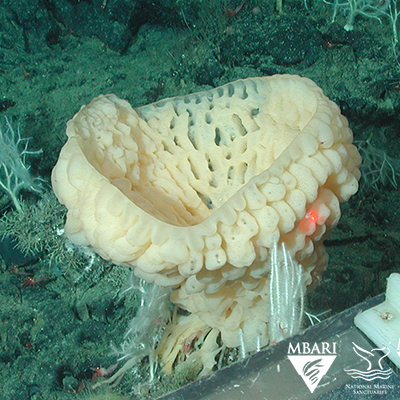
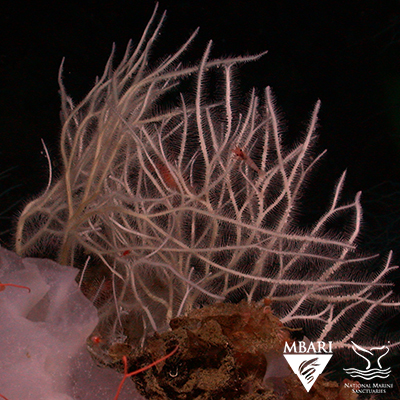
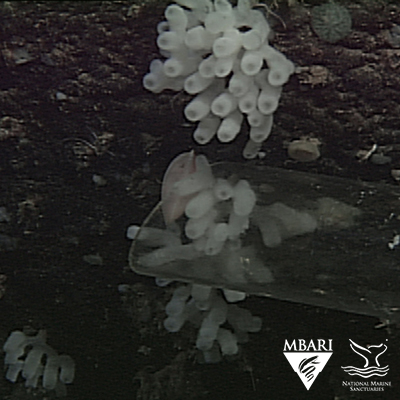
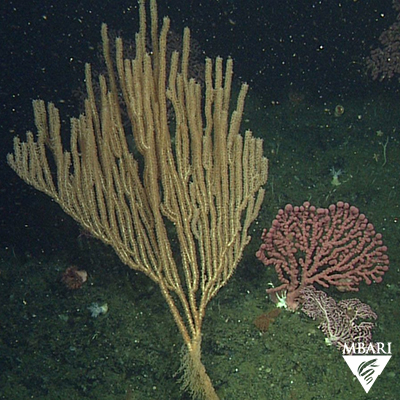
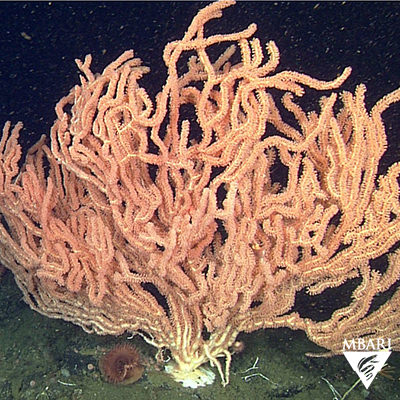
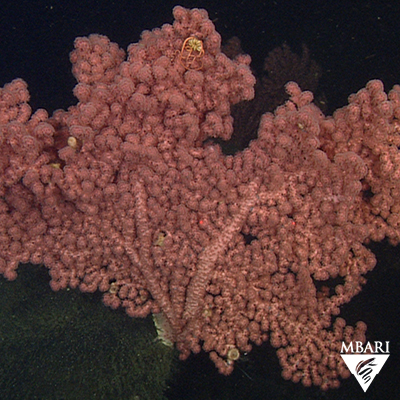
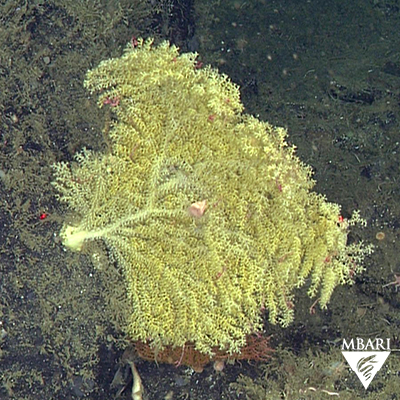
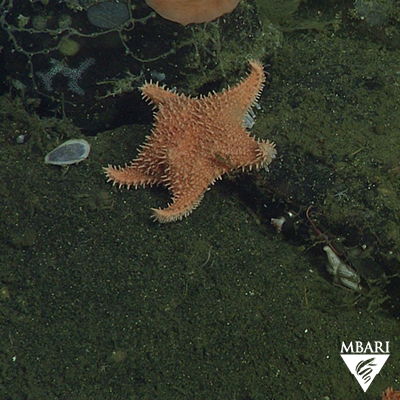
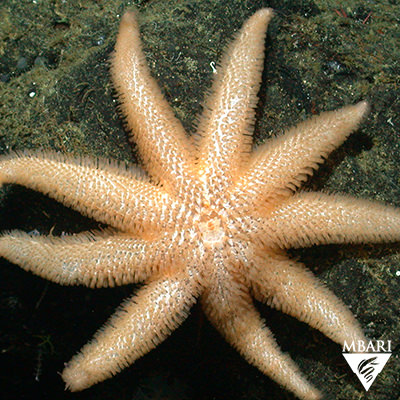
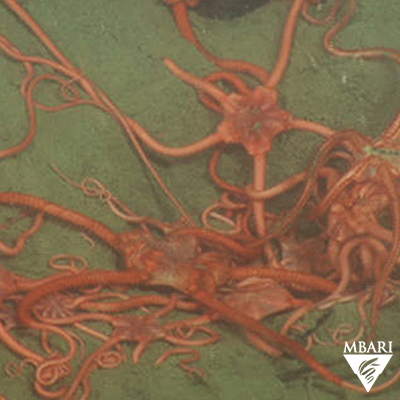
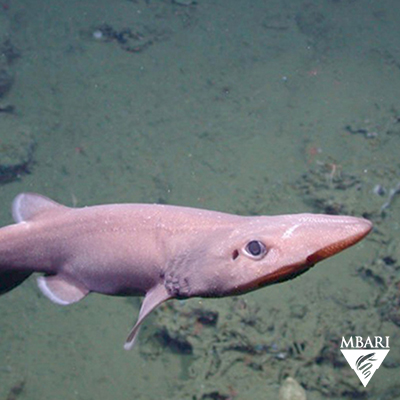
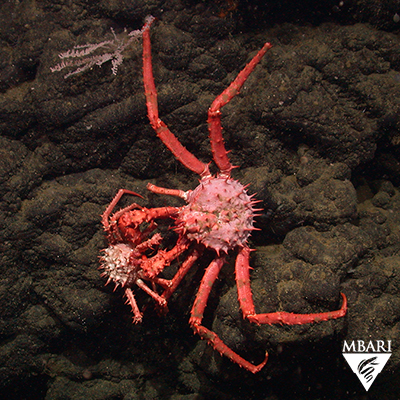
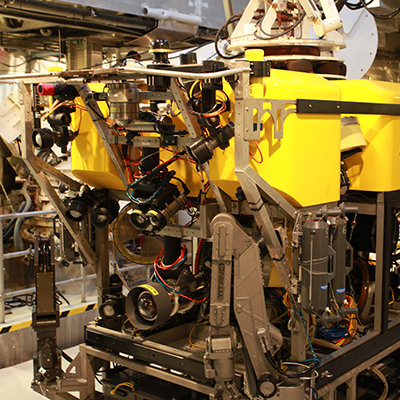
Megan McDaniels is a volunteer social media intern for the NOAA Office of National Marine Sanctuaries.

